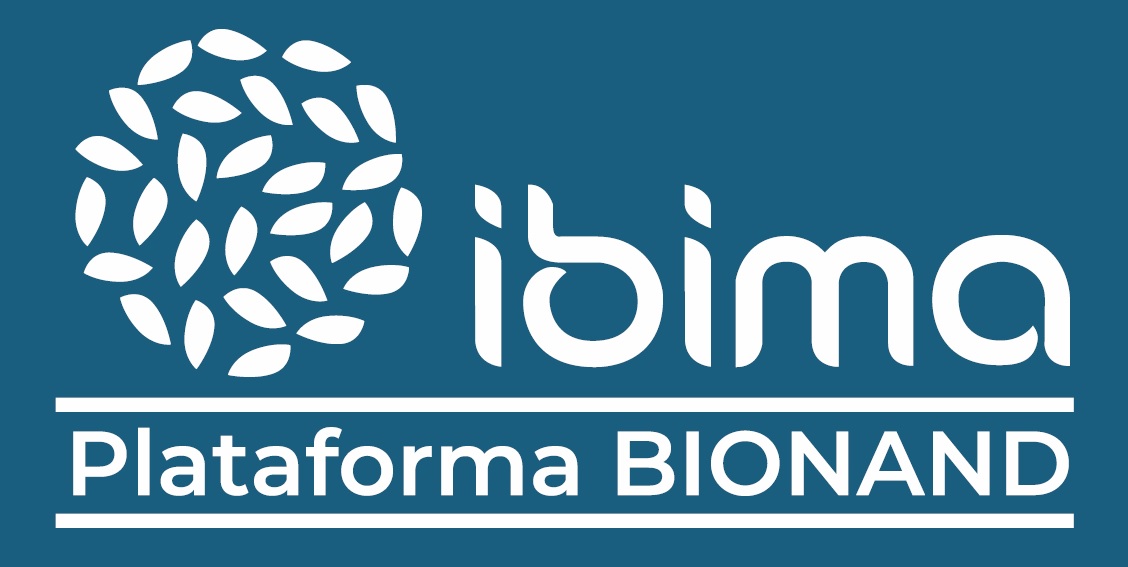Confocal and Multiphoton Microscopy
Service Description
Laser-scanning confocal microscopy is a very popular technique that uses a combination of laser illumination and a “pinhole” mask to ensure that only fluorescence from the focal plane reaches the detector. This avoids the characteristic blur typical of conventional fluorescence microscopy and allows images to captured as detailed optical slices that can be used to build up rich 3D models. Confocal microscopy is one of the most versatile and widely used techniques in optical microscopy. We offer Leica SP5 confocal microscopes featuring HyD hybrid detectors for the best possible sensitivity, as well as full environmental control for live cells and high-speed resonant scanning.
Multi- or two-photon (2P) microscopy takes advantages of the near simultaneous absorption of two or more photons which act to excite a fluorescent molecule with the combined energy of all the photons. In practice, this means that lower energy infrared (IR) light can be used to see fluorescent molecules that are normally excited by high energy ultraviolet and visible wavelength. As IR light is less susceptible to diffusion and absorption, we can visualise fluorescent molecules at greater depths than conventional microscopy. Infrared light also tends to beless damaging to live tissues than UV or blue excitation, making it ideal for timelapse imaging of model organisms or tissue explants.
– ZEISS LSM 980 confocal optical microscopy unit with multiphoton module (NLO). Co-financed Infrastructure by NextGeneration EU – Recovery and Resilience Mechanism: ICT2022-007849 “Actualización de la infraestructura del nodo Bionand de Nanbiosis”.
– Leica SP5 HyD Confocal Microscope
- 2 High Sensitivity HyD and 3 standard PMT spectral detectors.
- High-speed Resonant scanner option (28 frames/sec @ 512 x 512).
- Objective lenses include 63x (1.4 NA) and 40x (1.3 NA) Plan Apo.
- 9 Laser lines: 405nm, 458nm, 476nm, 488nm, 496nm, 514nm, 561nm, 594nm and 633nm.
- Microscope enclosure with temperature, humidity and CO2 control.
- High-precision motorized stage with multi-point and multi-tile software control. 3 nm resolution galvometric z-axis control.
– Leica SP5 HyD MP Multiphoton/Confocal Microscope
- 2 HyD detectors for multiphoton imaging, 4 PMT spectral detectors.
- Objective lenses include Plan IRAPO 25x (0.95 NA) water immersion 2.2mm LWD.
- SpectraphysicsMaiTaiIR pulse laser for multi-photon imaging, tuneable from 700-1040 nm equivalent to approx. 350-520 nm single-photon excitation.
- 8 Laser lines (for confocal imaging): 405nm, 458nm, 476nm, 488nm, 514nm, 561nm, 594nm, 633nm.
- Microscope enclosure with temperature, humidity, and CO2 control.
- High-precision motorized stage with multi-point and multi-tile software control. 3 nm resolution galvometric z-axis control.
Long-term and high-speed live cell imaging
– FRAP (Fluorescence Recovery after Photobleaching) and photoactivation methods for studying molecular dynamics
– Foster Resonance Energy Transfer (FRET) for studying molecular interactions at sub–nanometric distances
– Characterization of single (1P) and two (2P) photon fluorescence properties of novel materials in vitro and in vivo
– Two-photon deep tissue imaging (>100 microns) of fluorescent proteins
Services Offered
– Integrated cellular interaction analyses; we offer rapid assays analyzing uptake and subcellular localization of fluorescently-labeled molecules in standard cultured cell lines
– Quantitative, semi-quantitative, and comparative analyses of fluorescent expression/staining in different models. We can advise on the required controls or limitations of different methodologies
– Co-localisation studies comparing localization with standard sub-cellular markers, fluorescent proteins, and antibodies with rigorous statistical analysis performed using commercial (IMARIS) and open-source (FIJI) co-localization analysis tools
– We specialize in the long-term (>4d) microscopic visualization of cell models, including primary cells, model organisms, and bacterial colonies
– Sample preparation services include fixation, antibody staining, and sample mounting. Where required, we can troubleshoot and optimize difficult staining combinations
– We can supply small aliquots of a wide range of standard staining reagents, fluorophores, and secondary antibodies, and we also offer a custom antibody labeling service
– 3D quantification and visualization using the advanced IMARIS 3D analysis package, including volume quantification, 3D object tracking, and cell type and subcellular organelle counting
– Two-photon emission and excitation spectra measurements and Quantum efficiency (QE) estimation by comparison with reference compounds
– High-resolution intravital imaging of sub-surface tissues taking advantage of higher tissue penetration of two-excitation and the long working distance 25x water immersion objective
Technical staff
MOLINA GIL, SARA
Microscopy Technician
